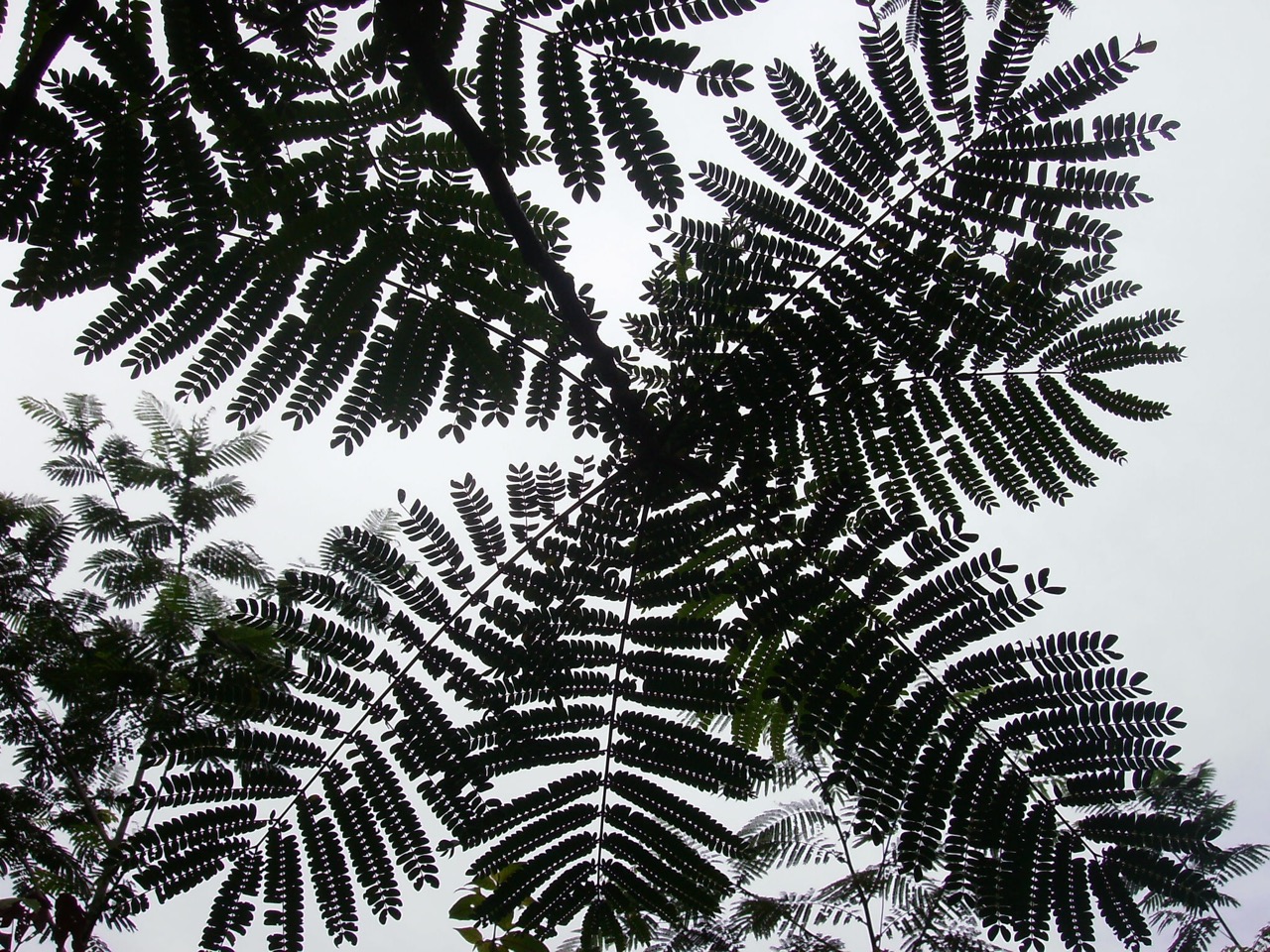Abstract
This study aimed to find out the lead tolerance of sengon (Paraserianthes falcataria) seedling based on growth performance, tolerance index, and ecretion and accumulation of organic acids content. Seedlings were exposed to lead (Pb) with the concentration of 0, 0.5, 1, 1.5, 5, and 10 mM in liquid nutrient culture for 4 days in order to investigate secretion and accumulation of oxalic, malic, and citric content, and for 15 days to examine growth performance and olerance index. The result showed that tolerance index and growth performance of engon seedling were insignificant (p > 0.05) to the rising of Pb concentration up to 1.5 mM with tolerance index at least 95%, and even caused an increase of fresh weight. However, the tolerance index and growth of sengon decreased significantly due to Pb exposure of 5 and 10 mM. Among the three organic acids, citrate was most dominant as compared to malate and oxalate. Secretion of citrate increased significantly (p < 0.05) with the rising concentration of Pb 0.5, 1 and 1.5 mM, reaching to 0.464, 0.540, and 0.587 µg mℓ-1, respectively, or rising according linear line (r = 0.9, p < 0.5). Citrate accumulation showed inconsistent pattern with the rising Pb exposure. The result suggested that sengon seedling have a slightly tolerance to lead by secretion of organic acid especially citric acid.

